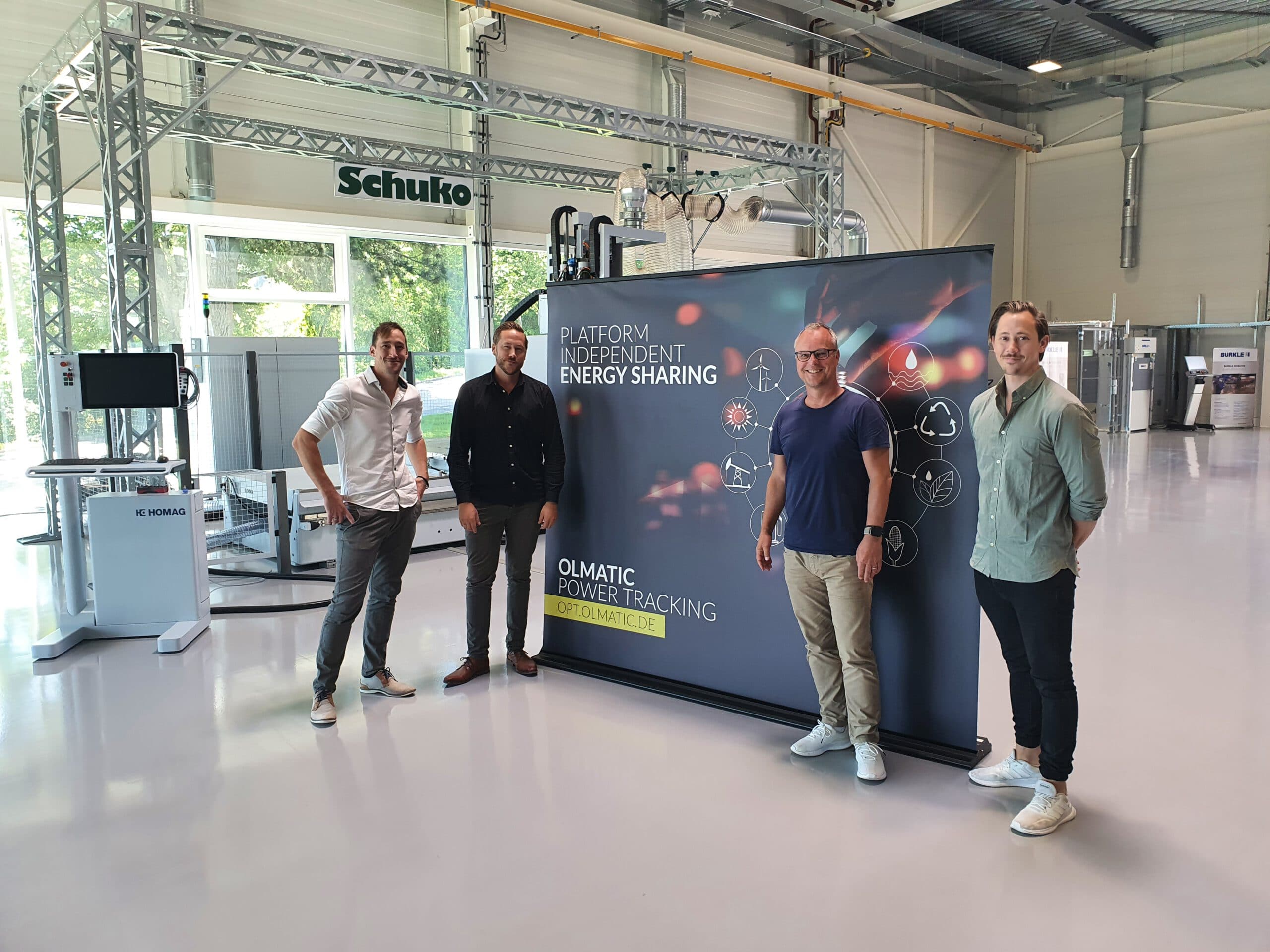Artificial intelligence lowers energy costs
The products of the start-up Olmatic GmbH are further developed and optimized on the Black Forest campus in Freudenstadt. It is about an energy management system for the industry.
Freudenstadt. The software is intended to help identify peak loads in energy consumption in advance and to take countermeasures, the Black Forest campus says. This should also benefit climate protection, since renewable energies should also be used.
In addition, the energy suppliers offer companies financial incentives if they load the supply network as evenly as possible. Conversely, a single peak („peak“), ie a brief increase in energy consumption, can drive up electricity costs within a billing period, even if the average annual consumption is much lower.
The start-up Olmatic GmbH, which was founded in 2016 by the brothers Tobias, Christian and Patrick Olma, has taken on this issue and, under the name „Olmatic Power Tracking“, offers an energy management system especially for industry, in which load peaks in the energy sector are automatically triggered by a artificial intelligence can be recognized and compensated for by the intelligent purchase of regenerative energy sources and storage.
This reduces the energy costs for companies and also makes a sustainable contribution in relation to the legal requirements for compliance with CO 2 savings. The company offers a combination of hardware and software products that have been completely developed in-house and include the full functionality of an intelligent energy management system.
Detailed forecasts of peak loads
This could increase effectiveness and significantly optimize energy costs, Christian Olma, responsible for marketing and communication, is quoted in the press release. The system uses sensors to record the relevant parameters in real time at any consumer, digitize them and store them in a central storage location. This data collection forms the basis for the use of the system’s artificial intelligence.
The specially developed algorithms continuously analyze the database to identify patterns, which in turn provide information and conclusions about when and for what reason a peak load occurred. It should also be possible to make detailed predictions about peak loads.
But this requires maximum transparency and a large amount of data per consumer, says Tobias Olma, who is responsible for the technical development of the products. The measurement of the total consumption at the main connection point alone is no longer sufficient.
The supplied and also self-developed software visualizes the recorded data. So the user always has a clear representation of any energy and cost parameters and can use them for further analysis and optimization purposes. As soon as the software detects a peak load or can predict it, regenerative energy sources and storage can be automatically activated.
Alternatively, it is possible to counteract a peak load by shedding loads, i.e. switching off or regulating defined consumers. This can happen automatically. Olmatic is now cooperating with the Black Forest campus in Freudenstadt in order to continuously develop the system, especially in the field of artificial intelligence in connection with digitization measures, and to be able to test it under realistic conditions.
Feedback from industrial partners
The aim is to analyze the results so far and to receive feedback from the industrial partners of the Black Forest campus in order to further develop the product sustainably and gain in-depth insights into the areas of digitization and artificial intelligence.
„The infrastructure of the Black Forest campus as well as the direct contact to renowned industrial companies from the surrounding area and the excellent network in university research and teaching form the ideal prerequisites for us to pursue our strategy and to be able to achieve the goals derived from it,“ said Patrick Olma, Head of Business Development.
The system is currently being installed in close cooperation in the laboratory of the Black Forest campus in connection with the systems and machines of the industrial partners there and will in future serve as a realistic reference project for further steps.



